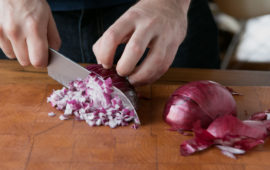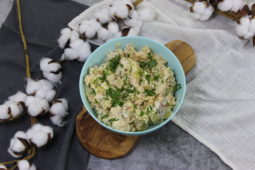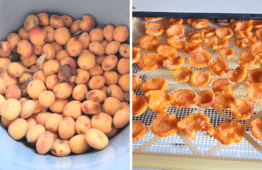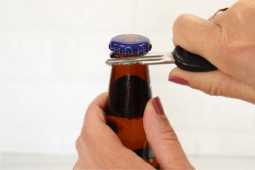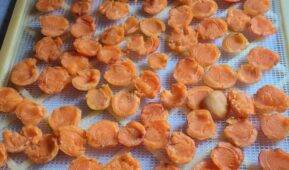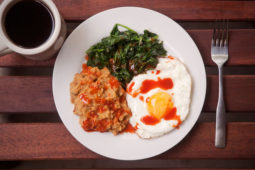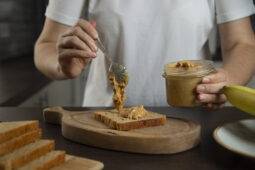One of the Best Ways to Use Your Grill This Summer
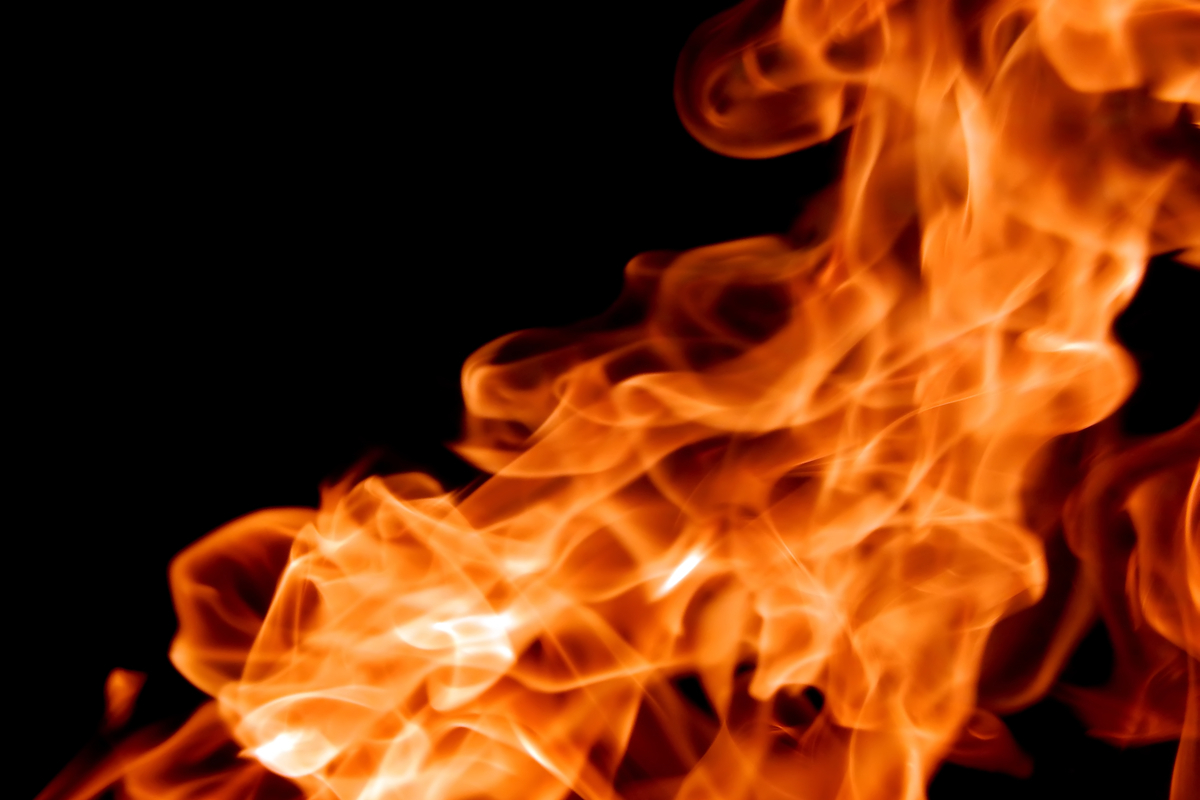
For most dedicated eaters, the summer means grilling. If you are not firing up some flames to roast some summer sweet corn or a blacken a hanger steak or (at least) a hot dog, you are missing out on one of the greatest joys of the season. There is so much potential and tradition in a simple kettle grill, a chimney full of carbonized wood, and the possibility of what to put on top. But in between the pork chops and burgers and corn cobs and zucchini, there's something else you should absolutely be putting on your grill: a wok.
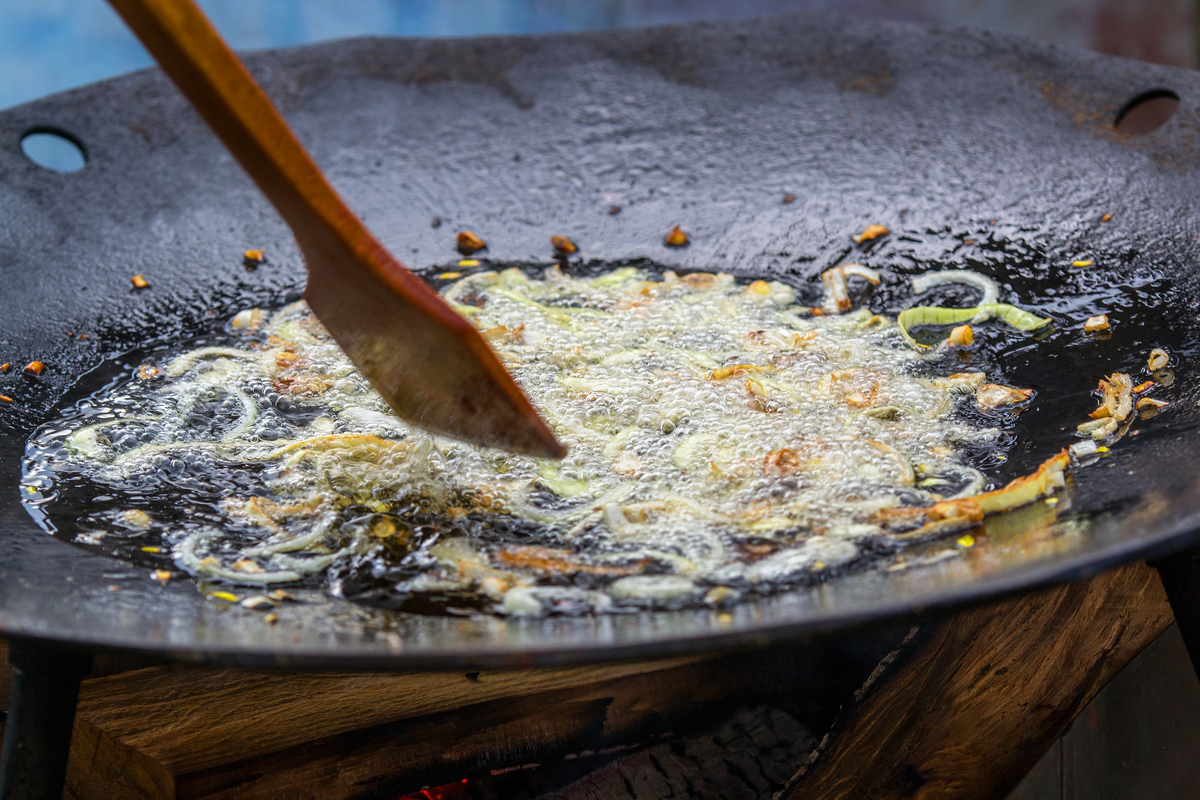
If you love food that comes out of a wok and you don't own a professional rig, the very best chances you have of achieving real wok hei at home don't come from the kitchen, but in your back yard. Charcoal burns hot, especially when built in a large, centralized area. And that kind of heat is exactly what you can't get on a home stovetop range. What's more, this is the original venue for wok cooking, which to me really captures the spirit of cooking Chinese/Japanese/Thai/Viet cuisine at home. It's about smoke and contact heat and the muted crackle of wood beneath the searing sizzle of oil. And what emerges from a seasoned wok over the heat from a hardwood fire is something truly special.
Here's how it works. You'll need a wok. Like this one. (The crucial thing is a high-carbon steel wok. You can find many other versions, especially in restaurant supply stores, but something like this has a wooden handle that I prefer for this kind of application.) You'll also need a wok ring, such as this guy. There are lots of implements you can buy to cook on a wok––a traditional ladle and spatula are a good start––but if all you have is a pair of tongs or a wooden spoon, you'll be in okay shape for now. Once you build a 10-12 inch round of charcoal in the center of your grill, you'll want to add another round of raw coals on top and let them heat up for 5-10 minutes. At this point, put your grate on top of the grill and position the wok and wok ring directly over your fire. After your wok pre-heats for 2-3 minutes, you are ready to roll.

As for recipes, I hesitate to share, any because this is not simply another variation of cooking––this is an entirely new vocabulary. You can begin by drawing on the extraordinary volumes from this post. But there are some technical suggestions that are important to note. First, your mise en place needs to be restaurant level. You don't want to be cooking on this kind of heat and then suddenly remember that you have to go slice up scallions. So, literally, every single thing that will get wok'd should be prepped before the first thing hits the heat.
Second, fat is your friend. One of the most extraordinary aspects of wok cooking is what you can do when cooking food in oil flavored with fat-soluble compounds like those in garlic, chili, ginger and onion. And finally, there's a rhythm to it. This isn't the kind of thing where you are going to make a batch of pad thai that serves 6-8. Instead, you want to plan on cooking single servings in batches. (Fortunately, the cuisine tends to do this for you. Most recipes for pad thai are built around one egg, and the rest of the ingredients need to balance with that.) But the deliciousness of wok-charred noodles and veggies make it all worthwhile.
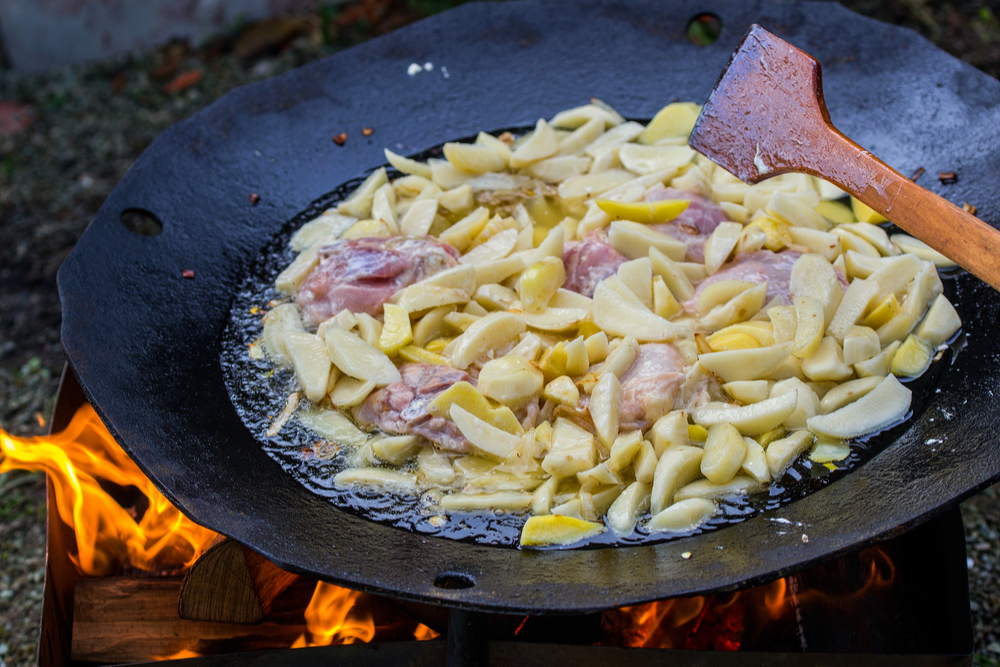
A Final Variation
As long as you are getting your grill ready as a venue for cooking out of doors, there's a sort of variation that is well worth another batch of charcoal: true, honest, and real paëlla. Paëlla is a dish that is saturated in mystery and myth and what is turned out as paëlla can ultimately take on various forms. But to me, the most compelling account of paëlla is that it is at its root a peasant dish meant to celebrate the grape harvest, that it is cooked out of doors over a live fire, and that it is characterized by some mixture of proteins cooked with rice, saffron, and a perfume of rosemary.
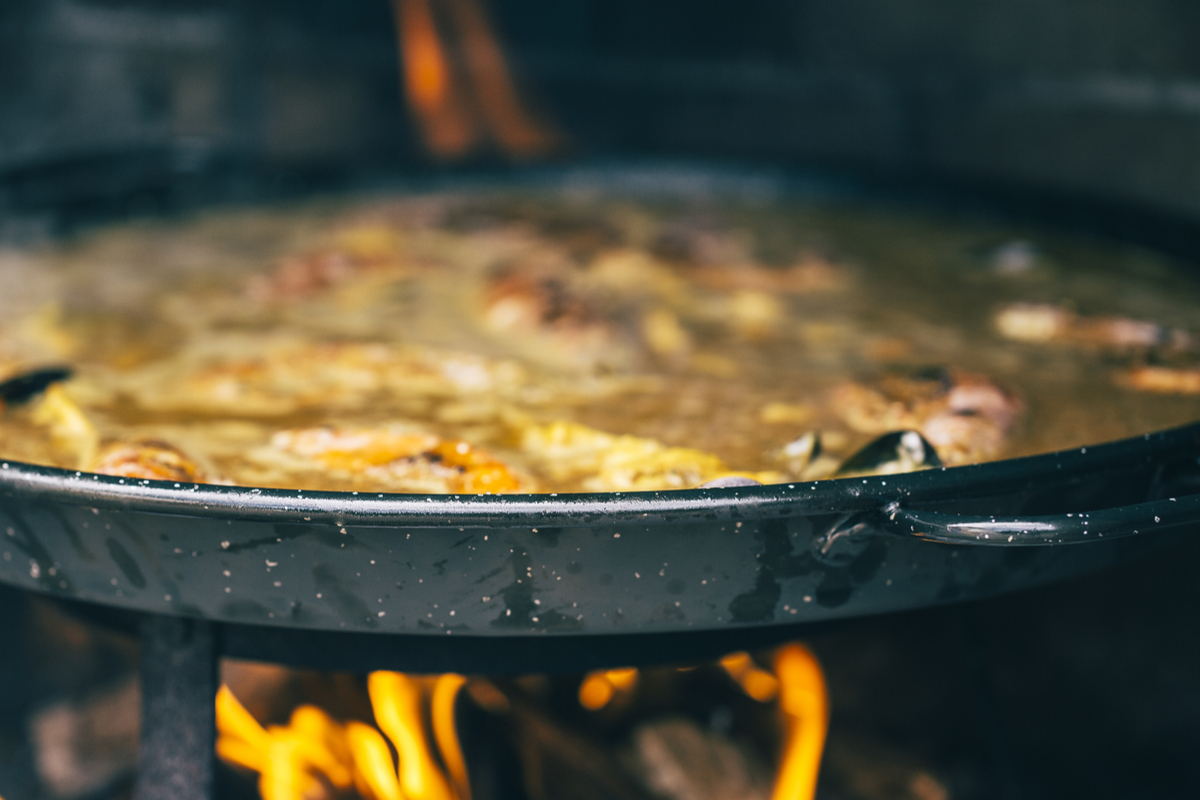
You'll need a paëlla pan like this. Or a nice big cast iron skillet will work just fine. And you'll need spanish, short-grained rice, like this. And you'll need the same set up as described above, minus the wok ring. The only additional things that would make it more perfect would be if you have some vine clippings for smoke and some rosemary-addled snails to add, and if you do the whole thing during the full moon in late September. (Read about all that here.)

